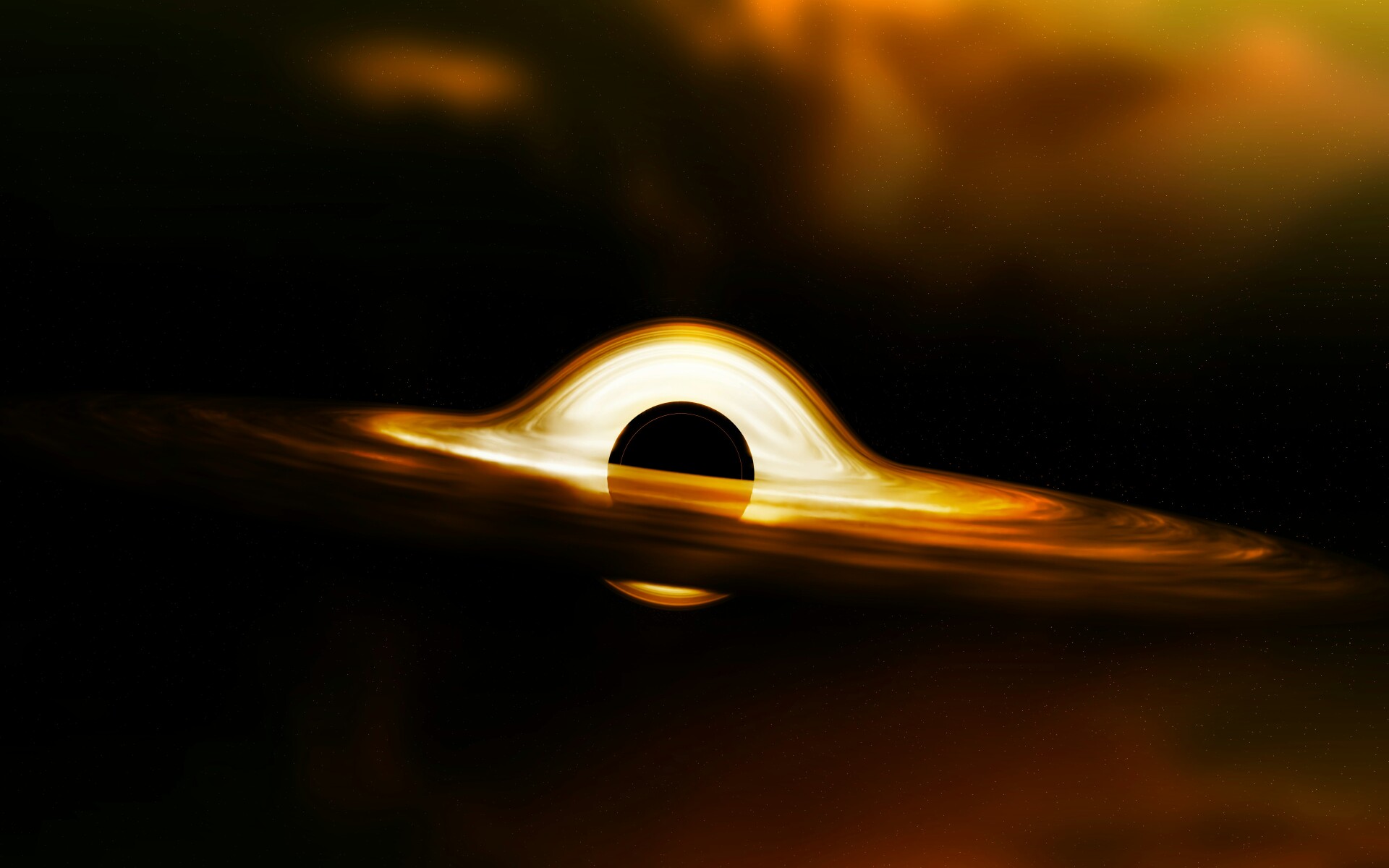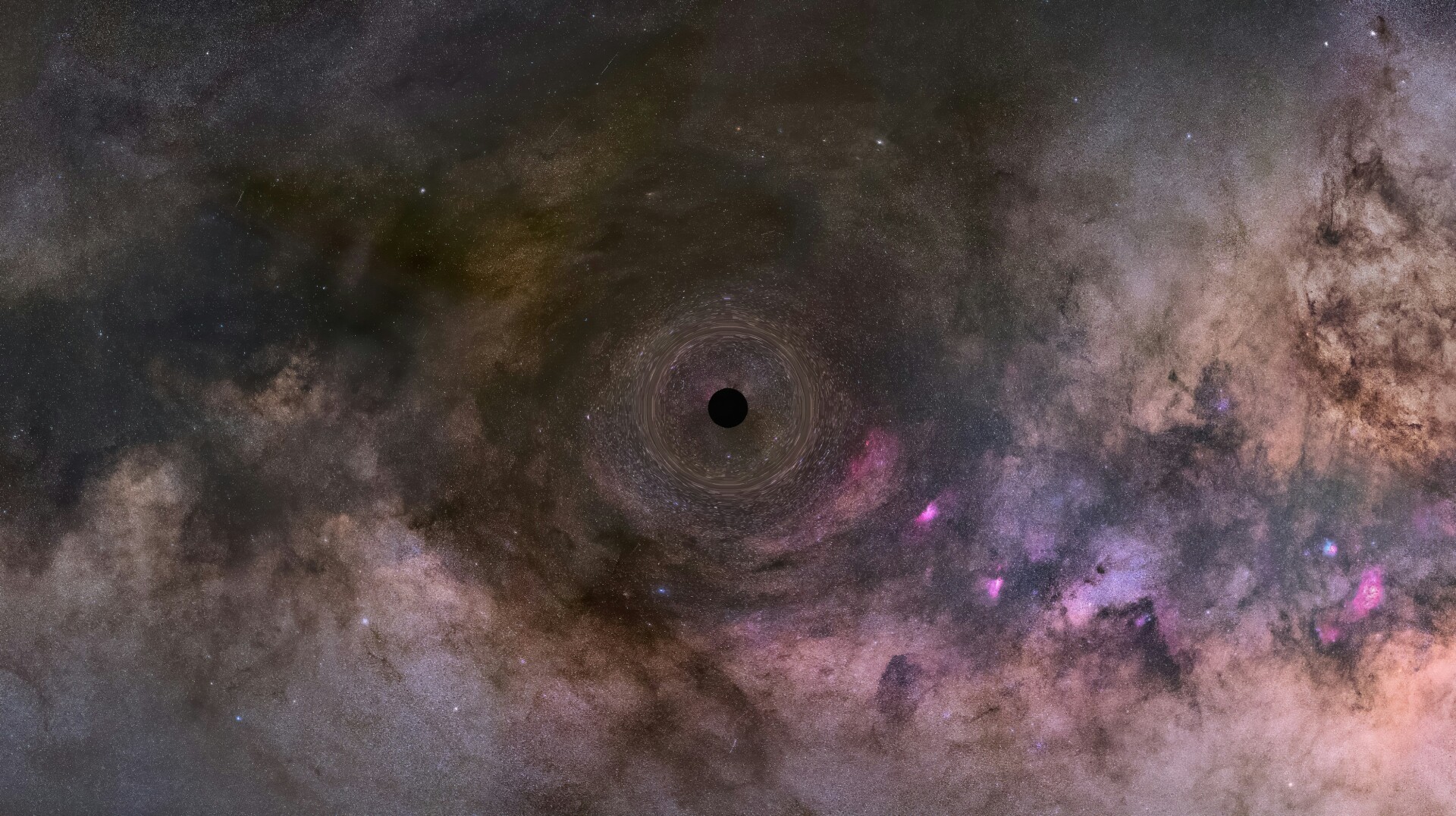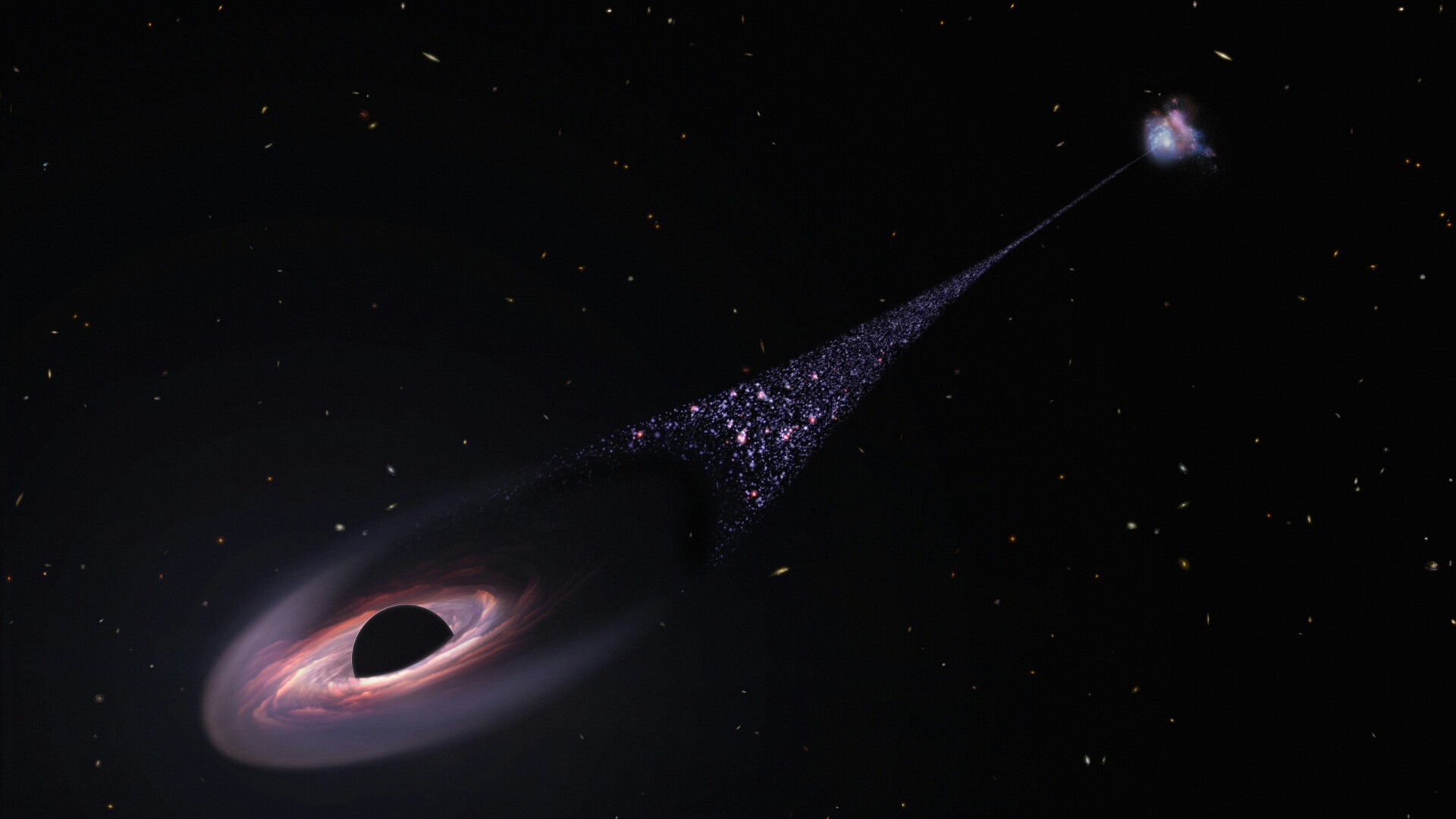Astronomers from the European Southern Observatory and the Millennium Institute of Astrophysics in Chile have announced a groundbreaking discovery: humanity may have observed, for the first time, the awakening process of a supermassive black hole at the heart of a galaxy.

Texture, pattern, apocalypse, and space stars by BoliviaInteligente. (Photo: Unsplash)
Located at the center of an elliptical galaxy in the constellation Virgo, approximately 300 million light-years from Earth, this supermassive black hole boasts a mass equivalent to one million suns. For decades, it remained in a quiescent slumber, undetected by astronomers' vigilant eyes. However, since December 2019, the black hole has unexpectedly sprung to life, a phenomenon documented in the scientific journal "Astronomy & Astrophysics" under the title "Astronomers see a massive black hole awaken in real time."
The unusual brightness first caught astronomers' attention in December 2019, emanating from the central region of the galaxy SDSS 1335+0728. Initially, they assumed it was a routine accretion event in an active supermassive black hole. Yet, upon reviewing two decades of observational data, they found no prior signs of activity, indicating that the black hole had been dormant until recently.

This is an illustration of a close-up look at a black hole drifting through our Milky Way galaxy. (Photo: Unsplash)
Since its reactivation in 2019, the galaxy SDSS 1335+0728 has consistently exhibited the radiative signatures of an active black hole. Astronomers are now grappling with potential explanations for this unprecedented event, with two leading theories emerging.
Theory 1: The Consumption of a Star
One hypothesis revolves around the tidal disruption event (TDE) of a star. When a star ventures too close to a galactic center's black hole, the black hole’s powerful gravity can tear the star apart, stretching it into a long, thin stream before eventually consuming it. This process, accompanied by a burst of energy release, can suddenly illuminate the previously dormant galactic core. The term "tidal disruption event" stems from the analogy with Earth's tides, where differential gravitational forces cause ocean water to bulge and fall, creating the familiar rise and fall of tides.
In the case of a black hole, the gravitational differential across the star becomes so pronounced that it overcomes the star's own binding forces, leading to its disintegration. The resulting infall of stellar material into the black hole emits intense radiation, making the galactic center visibly brighter. While TDEs have been observed multiple times, the current event does not fully align with a typical TDE profile, leading some to speculate it could be an unusually slow or unique instance, perhaps involving the disruption of a smaller satellite galaxy rather than a single star.

This sequence of artist's illustrations shows how a black hole can devour a bypassing star. The star is shredded as tidal forces pull it apart. (Photo: Unsplash)
Theory 2: The Awakening of the Black Hole
Another explanation posits that the observed characteristics of SDSS 1335+0728 are consistent with those of other active galactic nuclei. Matthew J. Graham, a Research Professor of Astronomy at the California Institute of Technology, suggests that the galaxy may not be exceptional but that astronomers have caught a rare moment.
Likening the supermassive black hole to a giant beast, Graham explains that it spends most of its existence in a dormant state, feasting sporadically on nearby matter. Once its meal is consumed, it returns to quiescence. If black holes indeed undergo cycles of inactivity and activity, these transitions occur over timescales far exceeding human observation capabilities, making them difficult to capture.

This is an artist's impression of a runaway supermassive black hole that was ejected from its host galaxy as a result of a tussle between it and two other black holes. (Photo: Unsplash)
The current observation, therefore, could represent a fleeting glimpse of the black hole transitioning from dormancy to activity. Such a moment is incredibly rare, offering astronomers a unique opportunity to study the awakening process and gain insights into the growth and evolution of supermassive black holes at the centers of galaxies.
Astronomers continue to monitor this enigmatic black hole, planning to utilize the James Webb Space Telescope for further observations. These efforts aim to unravel the mystery behind its unusual activity, predicting whether it will return to its slumber or remain active, and enhancing our understanding of the life cycle of supermassive black holes.
Author | Alice
Editor | Monica, James
















